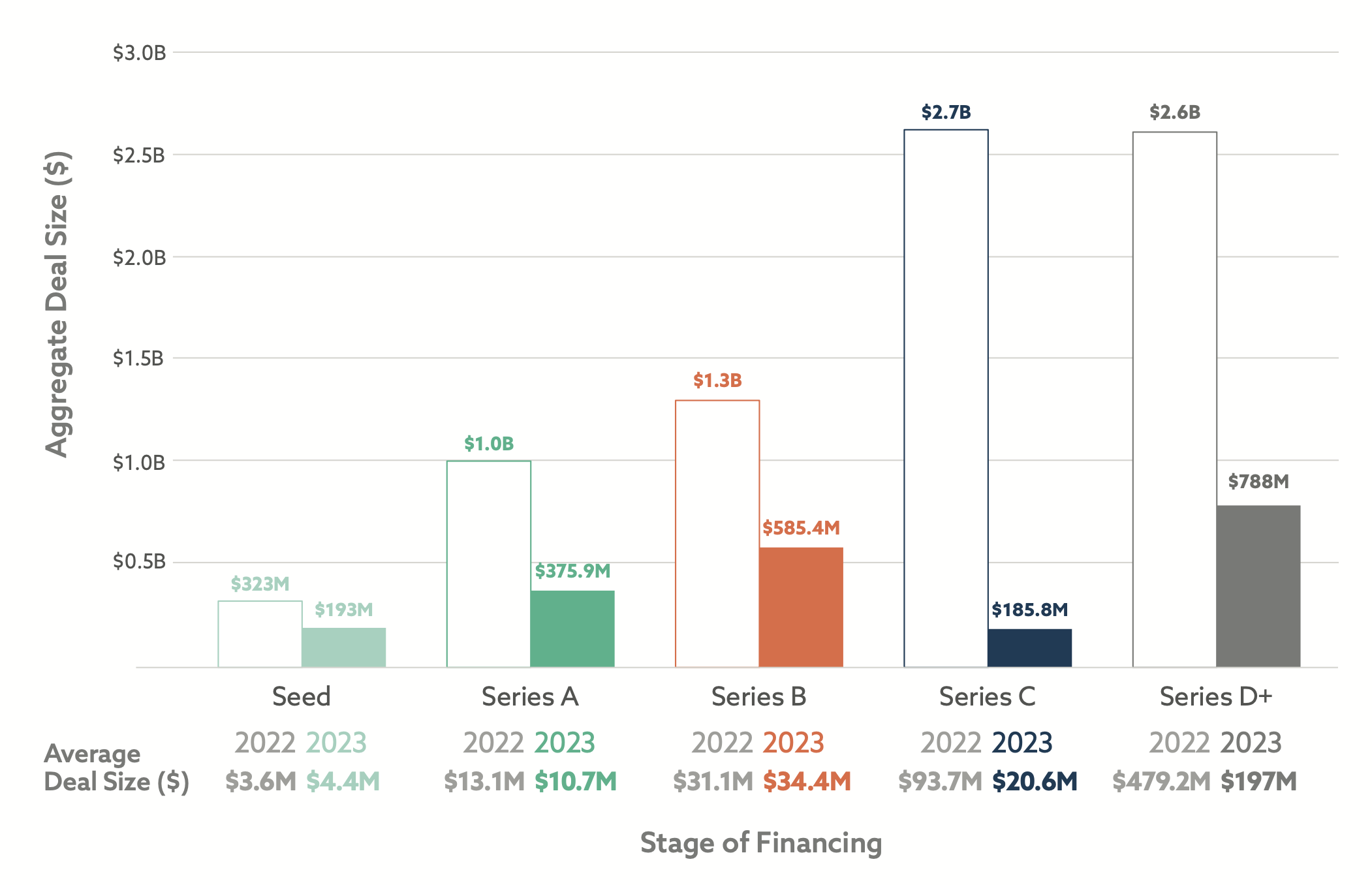In an age where the implementation of AI and robots in the workplace is becoming increasingly prevalent, understanding employee attitudes towards these technologies is critical for successful adoption. Despite high levels of acceptance and trust reported by employees, there is a rising concern over the broader implications of AI, such as job security and the quality of workplace interactions.
Unabomber’s legacy and technological skepticism
The recent death of Ted Kaczynski, known as the Unabomber, has stirred the conversation around technology resistance. His anti-technology stance, while extreme, touches on a chord with the wider public’s anxiety about technological advancement and alienation in the digital age. Kaczynski’s manifesto has had an enduring impact, suggesting skepticism toward technology’s role in society persists.
AI and the tolerance metric
Researchers propose that beyond measuring acceptance and trust, tolerance should be considered a critical metric in technology adoption. Instances where employees have shown resistance to new technology despite finding it helpful and reliable signal the need for a deeper understanding of underlying concerns.
Tolerance tested at the Airbase
A case study involving an airbase’s ground crew exhibited a clear divergence between high trust in a robotic agent’s capabilities and a hesitance to embrace its permanent presence. Concerns about reduced human interaction and potential job redundancies showcased the complex layers of employee tolerance that must be addressed.
Lessons from history: The Luddites 4.0
Historical parallels with the Luddite movement, who were skilled craftsmen opposed to mechanization in the textile industry, show that modern-day workers are not so different when faced with transformative technology. Anxiety about future employment and the impersonal aspect of machines can fuel a similar form of technological skepticism today.
Diverse perspectives on AI
Stakeholders view AI adoption through various lenses: while management may prioritize operational efficiency and convenience, employees weigh these benefits against personal costs to their job stability and workplace culture. Understanding this discrepancy is crucial for bridging the gap between acceptance and actual utilization of AI tools.
The narrative around AI often leans towards dramatic forecasts about job losses, neglecting the subtleties of how automation impacts work. With sensational stories dominating the media landscape, it’s no wonder there is heightened anxiety among the workforce. Yet, the actual effect of AI on jobs is much more complex and nuanced.
Strategic steps for increasing AI tolerance
To ensure a smoother transition and foster a more accepting environment for AI, decision-makers are advised to take proactive measures. Here are some actionable recommendations for industry leaders:
Measuring tolerance
Organizations should begin by evaluating how tolerant their employees are towards AI. This can be done through targeted surveys and workshops designed to gauge resistance and areas of concern.
By providing adequate training and support, companies can enhance employees’ familiarity with AI technologies, increasing comfort and acceptance.
Clear communication regarding introducing AI agents and their intended benefits can help demystify their purpose and alleviate fears of replacement or depersonalization.
Phased implementation
Integrating AI into the workplace allows employees time to adjust and gradually build their tolerance.
Involving employees in discussions about AI implementation can grant them a greater sense of agency and input, making them more open to change.
Open dialogue about employee concerns, coupled with discussions about upskilling and growth opportunities, can pave the way for a more positive view of AI adoption.
With the inevitability of AI’s integration into various sectors, understanding and building on tolerance is as crucial as fostering acceptance and trust. By adopting a nuanced approach that acknowledges and addresses employees’ concerns, businesses can navigate the challenges of technology adoption more effectively. The end goal is a workforce that not only accepts AI but is also prepared to coexist with it harmoniously.





